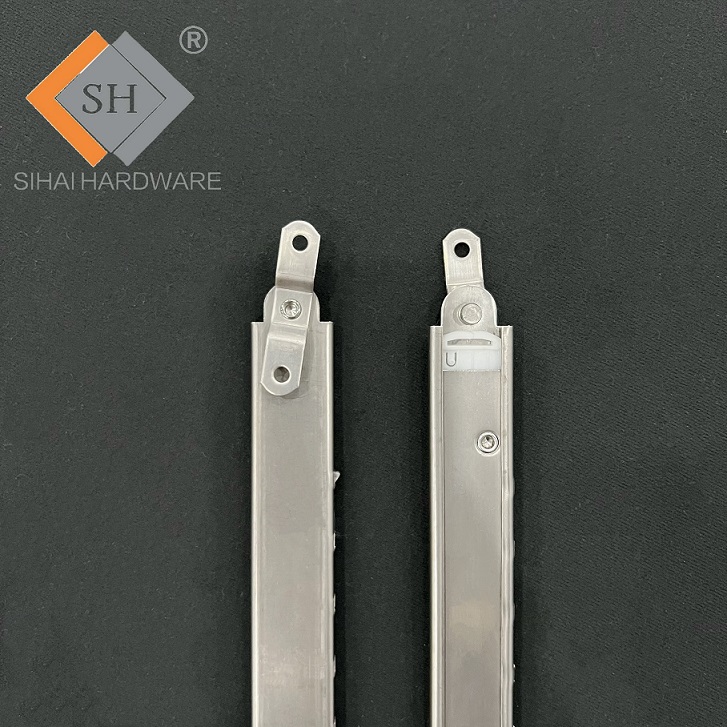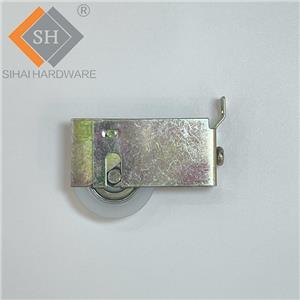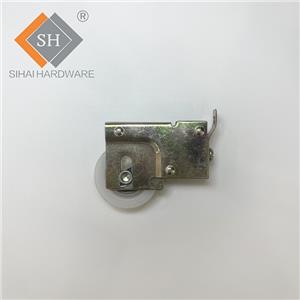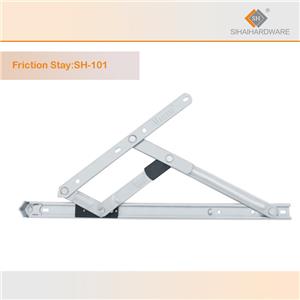TECH ARTICLE NO.43|Future Trends in Window Friction Stay Hinges: Exploring Innovations and Advancements
TECH ARTICLE NO.43|Future Trends in Window Friction Stay Hinges: Exploring Innovations and Advancements
Window friction stay hinges play a crucial role in the smooth operation and functionality of windows. They provide support for opening, closing, and holding windows in place, ensuring stability and ease of use. As technology continues to advance, new trends and innovations are poised to reshape the design and functionality of window friction stay hinges. This article will delve into emerging trends and technologies that may impact the future of these essential window components, including smart hinges, integrated sensors, and automation capabilities.
Smart Hinges: Transforming Window Functionality
One of the most significant developments in window friction stay hinges is the emergence of smart hinges. Smart hinges integrate various technologies, such as connectivity features and embedded sensors, to enhance their functionality and make windows more intelligent.
Connectivity features enable smart hinges to communicate with other devices or systems, allowing for remote control and monitoring of window operations. This connectivity can be achieved through wireless protocols like Wi-Fi or Bluetooth, enabling homeowners to open or close windows remotely, either through smartphone applications or voice commands.
Embedded sensors in smart hinges can detect environmental conditions such as temperature, humidity, or air quality. This information can be utilized to automate window operations, such as automatically closing windows during inclement weather or adjusting ventilation based on indoor air quality readings. Additionally, sensors can provide valuable data for energy management systems, optimizing heating and cooling requirements based on the window's position and environmental conditions.

Integrated Sensors: Enhancing Safety and Security
Incorporating sensors directly into window friction stay hinges brings numerous benefits, particularly in terms of safety and security. Traditional hinges offer limited security features, but integrated sensors can provide real-time monitoring and detection of unauthorized entry attempts or tampering.
For instance, magnetic sensors can be embedded within the hinge to detect when a window is forcibly opened or breached. This triggers an alarm or sends a notification to the homeowner or security system, enhancing the overall security of the property.
Furthermore, integrated sensors can contribute to energy efficiency by detecting air leaks or gaps when windows are not closed properly. By alerting users to these issues, energy wastage can be minimized, leading to improved thermal insulation and reduced energy consumption.
Automation Capabilities: Simplifying Everyday Life
Automation capabilities are another area of advancement in window friction stay hinges. By incorporating motorized mechanisms or actuators, windows can be automated to open, close, or adjust their position based on predefined schedules or environmental conditions.
Automated windows offer convenience and ease of use, especially in hard-to-reach areas or for individuals with limited mobility. They can be programmed to open or close at specific times of the day, allowing for natural light and fresh air circulation while minimizing energy consumption.
In addition, automation can be integrated with other smart home systems, enabling seamless coordination with lighting, heating, and air conditioning. For example, when a room reaches a certain temperature, the window friction stay hinges can automatically adjust the window position to optimize ventilation and maintain a comfortable indoor environment.

Conclusion
The future of window friction stay hinges is poised to be shaped by emerging trends and technologies. Smart hinges, integrated sensors, and automation capabilities are revolutionizing the design and functionality of these essential window components.
As smart homes become increasingly prevalent, window friction stay hinges will evolve to offer enhanced connectivity, sensor-driven automation, and improved security features. Homeowners can look forward to windows that are easier to operate, more energy-efficient, and seamlessly integrated into their overall smart home ecosystem.
By embracing these future trends in window friction stay hinges, we can expect a significant transformation in the way windows are designed, operated, and integrated into our daily lives.




